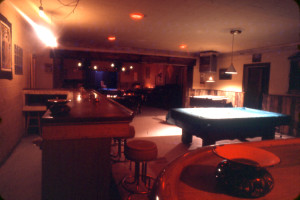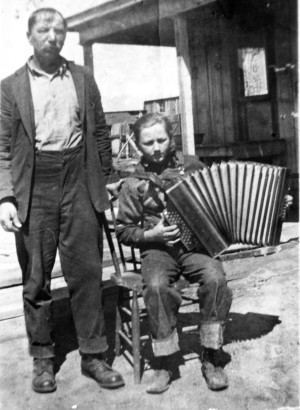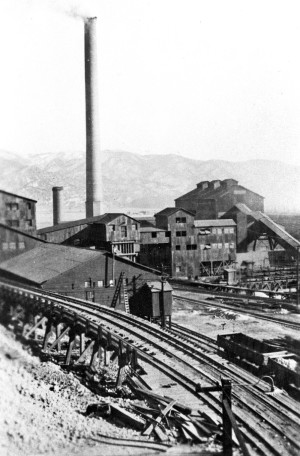Just north of Salida, above the banks of the Arkansas River sits a small community with one foot steeped in the past and another stepping firmly into the future.
The town of Kortz, named for J.C. Kortz, then president of the Ohio and Colorado Mining and Smelting Company, was established around 1902 to house the workers at the smelter operation. The smelting plant sat on about 80 acres obtained by the Salida Board of Trade, an organization similar to todays Chamber of Commerce. Construction of the facility required about 300 men as did the regular operation of the plant. The original residents of the community came from Europe; primarily Greece, Italy and Austria. Of the early families who settled in the town; names like Struna, Floransic, Pahole, Argys and Shine, some of the ancestors still reside in the Salida area. Workers at the plant were paid an average of $2.50 to $4.00 a day. In the twenty years of operation the plant yielded silver, gold, copper and lead, processing on average 1,000 tons of ore daily. A school, which still stands today, was built by the smelting company for the children of the workers. 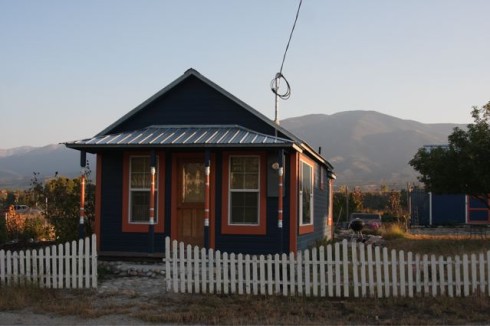
But debt problems, a major fire at the facility in 1919, and other economic factors caused the plant to close and many of the residents of what is now called “Smeltertown” found jobs on the railroad and in area mines. Some just picked up and left. Visitors to modern-day Smeltertown will find modest, historic homes, some of which have been maintained or fully-restored, others in the process of graceful deterioration.
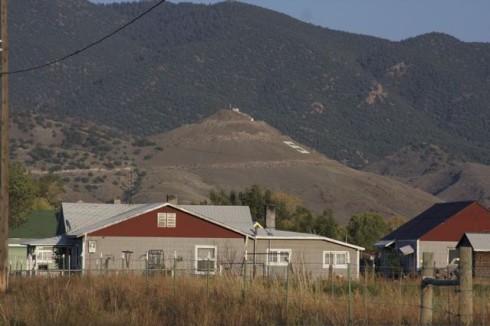 Most of the original residents have passed away. But, in some cases, offspring still reside in Smeltertown. The land the smelter operated on was leased to Trinchera Timber Company which eventually became National Lumber and Creosoting. Chaffee County subsequently acquired the land underneath the large smokestack at the site by way of collecting back taxes owed and maintained title to the stack itself. Today, the land which once housed the smelting plant is owned by Butala Construction.
Most of the original residents have passed away. But, in some cases, offspring still reside in Smeltertown. The land the smelter operated on was leased to Trinchera Timber Company which eventually became National Lumber and Creosoting. Chaffee County subsequently acquired the land underneath the large smokestack at the site by way of collecting back taxes owed and maintained title to the stack itself. Today, the land which once housed the smelting plant is owned by Butala Construction.
In the 1970s, a citizen’s group was formed to preserve the 365-foot brick smokestack called the Save our Stack Committee (SOS) and in 1974 the stack was deeded to the Salida Museum Association and was included on the National Register of Historical Places in 1976.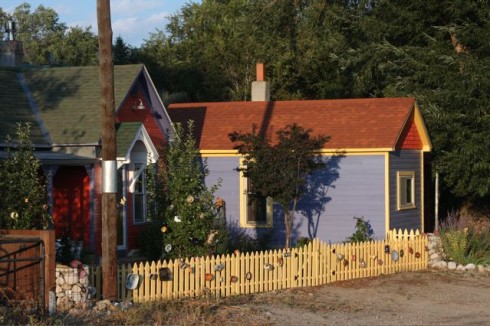
For many years, Smeltertown sat, quietly aging and unnoticed while the rest of the region began to grow and modernize but in the 21st century, a new breed of pioneers have discovered the modest old Victorian and Queen Anne homes and brought to them new life. Many are operating home-based businesses – even a dance studio, in the shadows of the towering smokestack, a testament to the hard work and spirit of the original residents of the town of Kortz. – Mike Rosso


